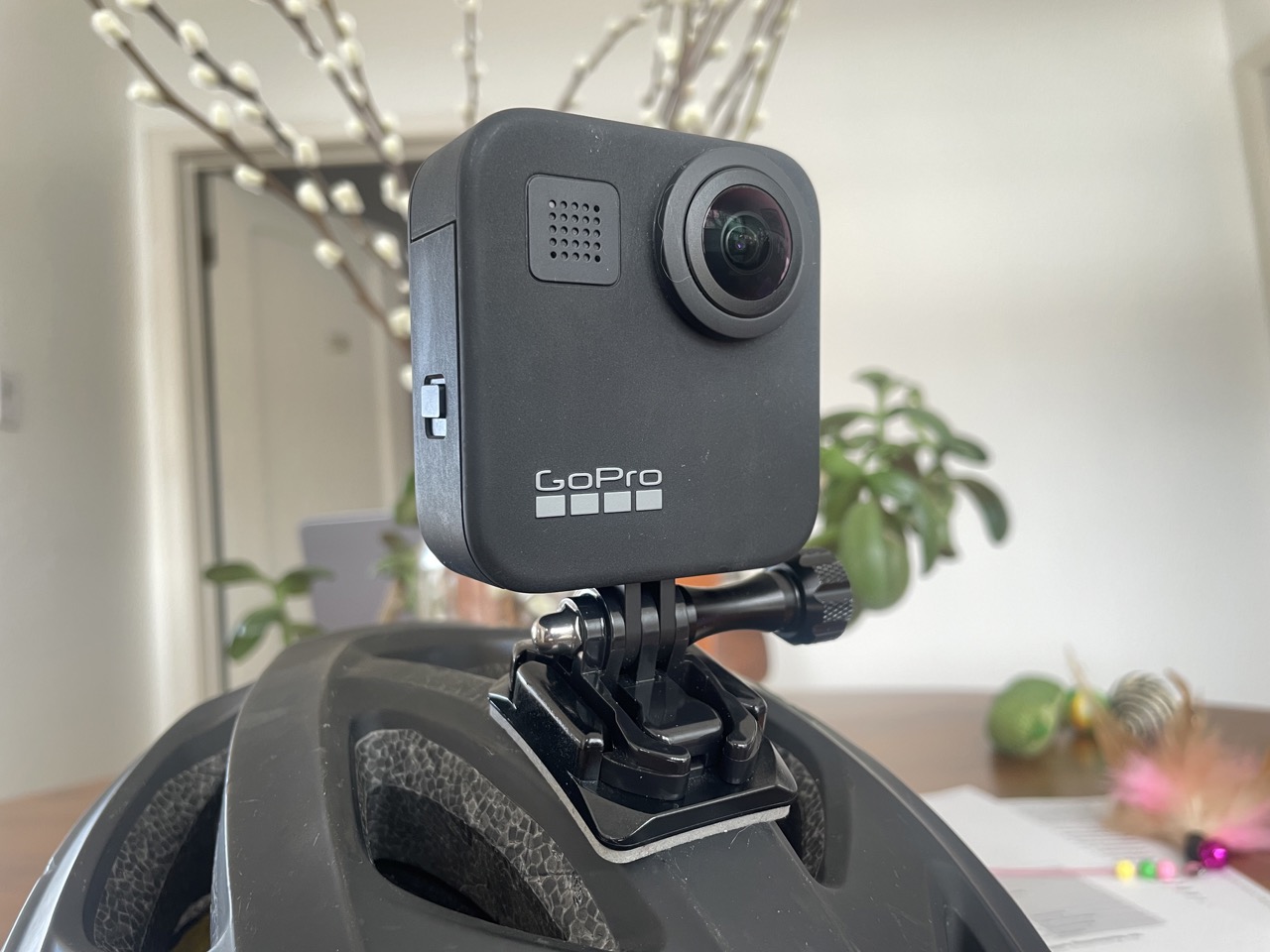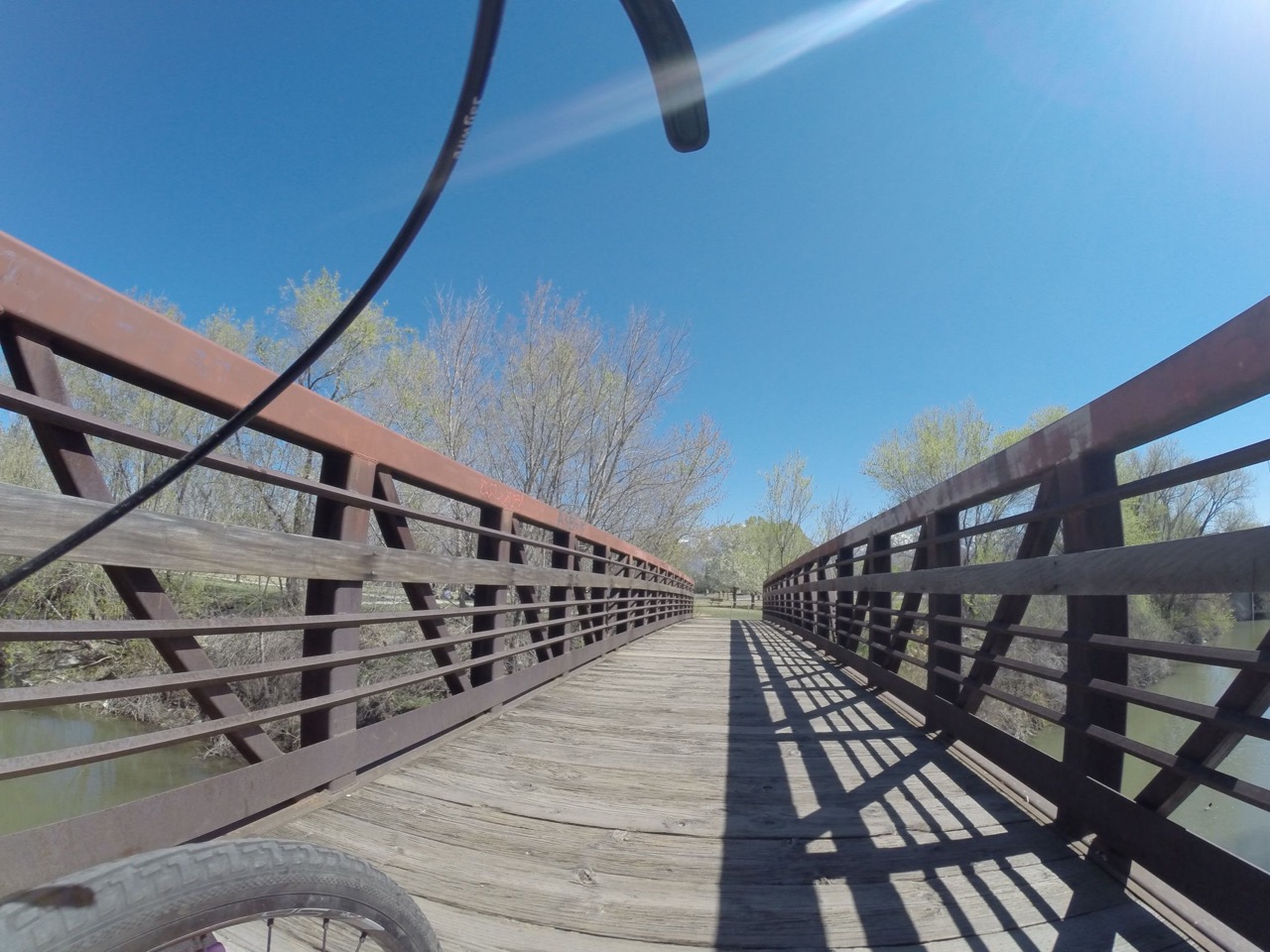There are numerous standards and tagging practices being used to map subdivisions in the Philippines. Here I listed some of the current practices, and my own standard that aims to be more fitting for subdivisions.
Note that I am referring to gated subdivision communities (that have the block lot scheme) and not barangays that happen to be named with a “subdivision”.
Current practices
Below are some that I have seen and the problems with it.








 The OpenStreetMap community in Tanzania hosts an annual conference called State of the Map Tanzania that brings together mappers, software developers, and other contributors to talk about and share information about OpenStreetMap. Presentations, workshops, and discussions on a variety of mapping-related topics, such as mapping methods, data gathering, data analysis, and software development, are frequently included in the conference. Participants can network with other OpenStreetMap contributors and get knowledge on the most recent advancements in the industry.
The OpenStreetMap community in Tanzania hosts an annual conference called State of the Map Tanzania that brings together mappers, software developers, and other contributors to talk about and share information about OpenStreetMap. Presentations, workshops, and discussions on a variety of mapping-related topics, such as mapping methods, data gathering, data analysis, and software development, are frequently included in the conference. Participants can network with other OpenStreetMap contributors and get knowledge on the most recent advancements in the industry.
